Back from Winer Break and you’ve reviewed all the skills that students “forgot” over the break. Now’s a good time in Kindergarten to do some successive blending with students. This is generally a small group intervention that can be used any time with students who are having a hard time blending words but I find that I use it frequently this time of year with students who are eager to read but tend to say the last sound of words incorrectly. Note this is not for students who are guessing based on the very first letter sound. They need different interventions and perhaps the removal of pictures to get them to attend to text.
What is Successive Blending?
Successive blending is an intervention for students who have difficulty blending more than 2 phonemes (sounds). For example, they might read man as men or mat or map.
With Successive Blending, students sound out the first two sounds of a word then, blend them then say those two sounds blended together then sound out the third sound. Then they go back and say the first two sounds blended then the last sound and finally the word.
This can also happen when blends are introduced. Students will have trouble with blending when there are two letters at the beginning or end. So reading fip or fit instead of flip.
When Should I Use Successive Blending?
Students must know the letter sounds that they are working with automatically. This strategy is for when students struggle to hold the sounds in their short term memory and builds blending fluency skills allowing them to blend more quickly and automatically. This with repetition will allow them to add more words to their sight word vocabulary.
Note: Sight Word vocabulary is used here as words that anyone knows automatically by sight this clearly differs from student to student and person to person based on age etc.
What are the Steps of Successive Blending Intervention?
1. The student looks at the first letter and says the sound.
2. The student looks at the second letter (the vowel in a CVC word) and says the sound.
3. The student blends the first two sounds together.
4. The student repeats the blended first two sounds and looks at the last letter and says the sound.
5. The reader blends the first two sounds with the final sound and says the word.
How Can Students Practice Successive Blending?
There are a variety of ways students can practice successive blending.
Letter Tiles or cubes I especially like the cubes shown here because you can link them together to show blending the sounds!
Race to Blend Cards which you can grab by clicking the cover below.
You can also simply write letters on a whiteboard it does not need to be fancy. I just like the premade cards and activities to help me not have to come up with words on the spot. I can prepare ahead of time letters I know the student knows well to build confidence at first.
What’s the next Step?
Once students can successfully successive blend then it’s time to return to blending 3 sounds. From there, students can begin to read Phonetic Sentences and then Phonetic books or passages.
PIN FOR LATER
I hope this helps you to help your students on their way to fluent reading!


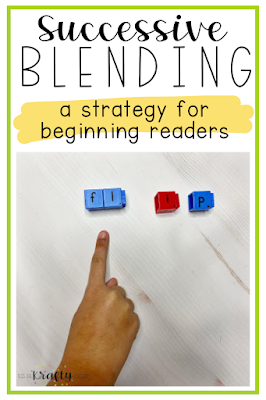




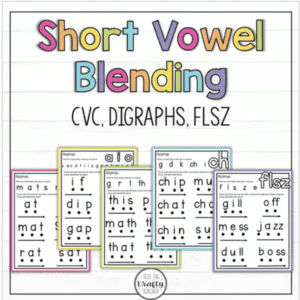



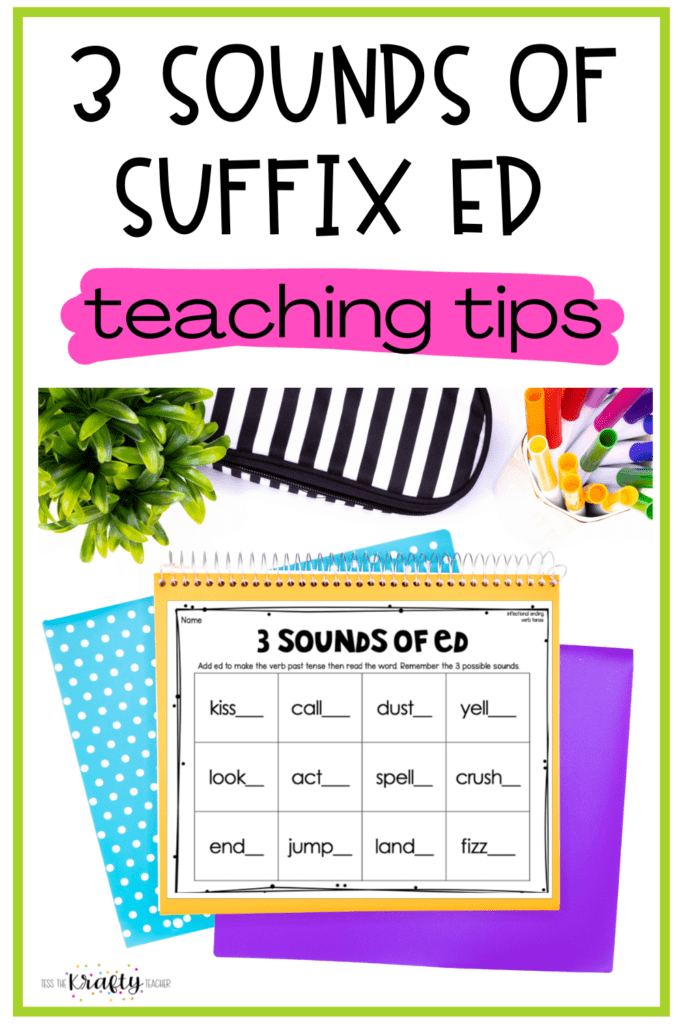
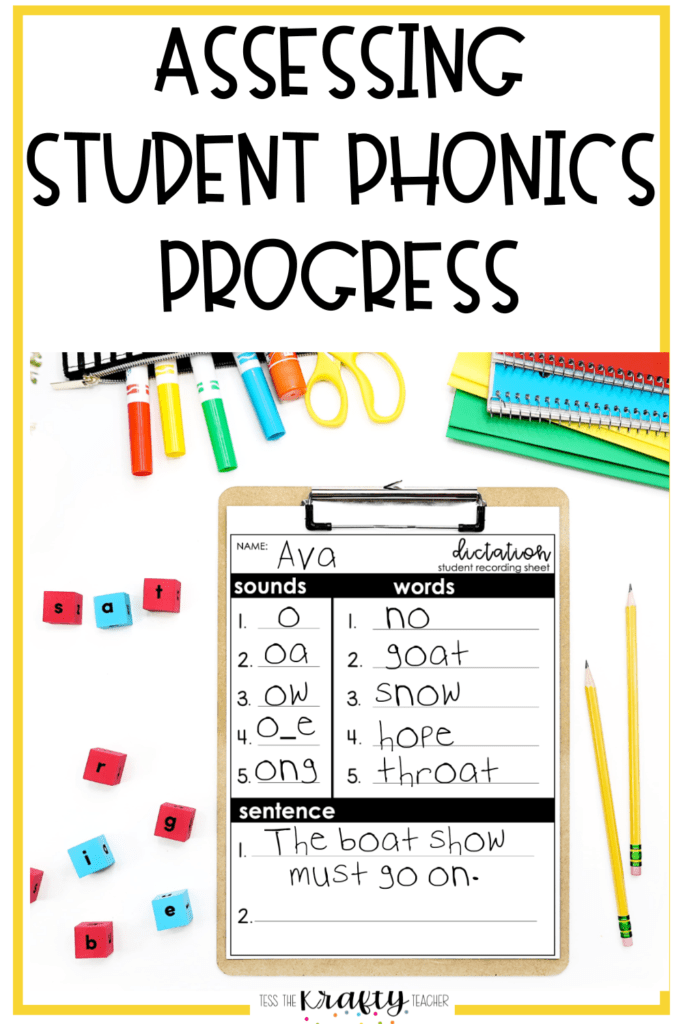
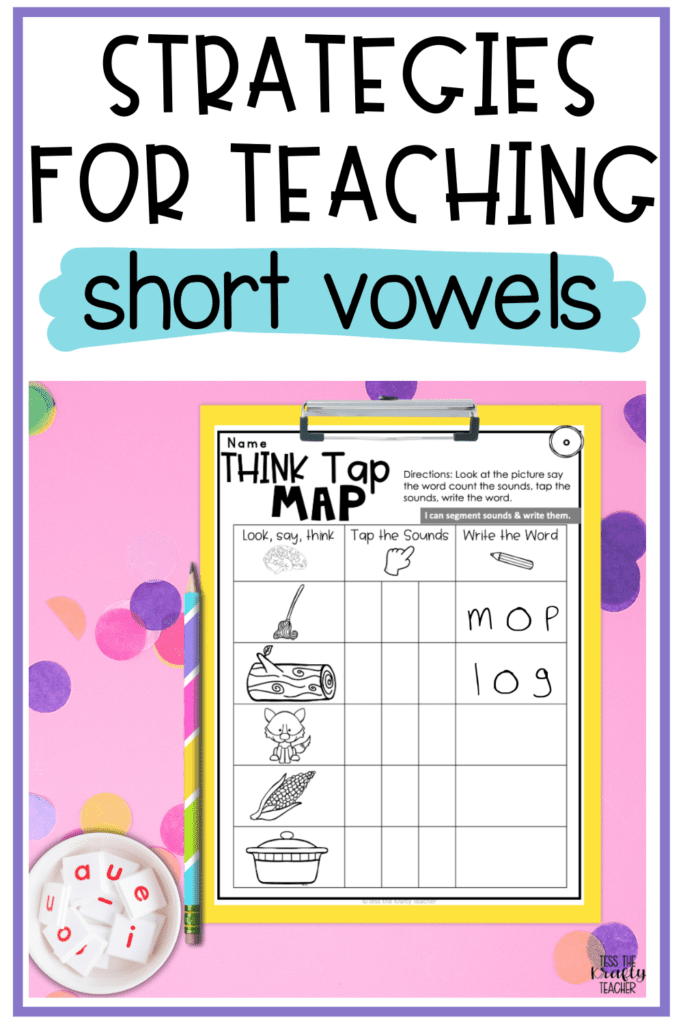
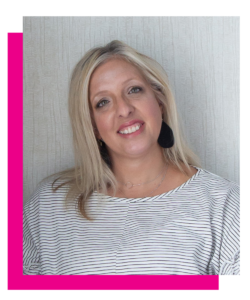
One Response